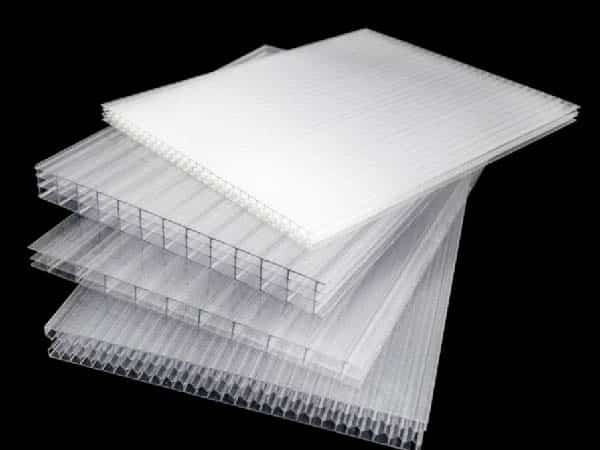In modern agriculture, advancements in cultivation techniques have enabled us to better control environmental conditions for crop growth. Light-Dep Greenhouses and Indoor Farming, two efficient and innovative cultivation methods, have become the top choice for many growers. These methods allow precise control of key factors such as light, temperature, and humidity, meeting the specific growth needs of various crops. However, they differ in cost, applicability, and operational complexity.
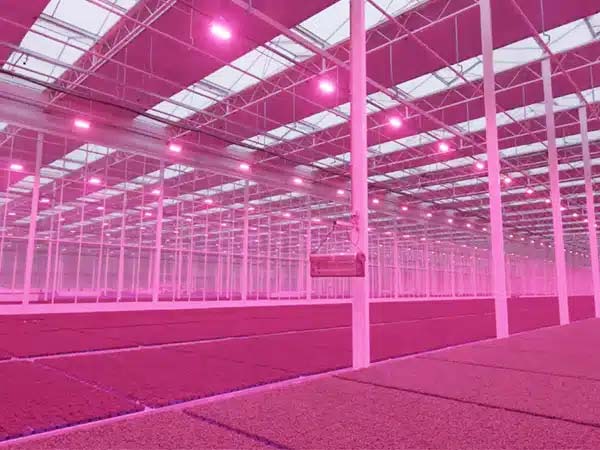
In this article, we will compare the advantages, disadvantages, and applicable scenarios of Light Dep Greenhouses and Indoor Farming in depth to help you find the most suitable planting solution.
What Is Light Dep?
Light deprivation (Light Dep) is a cultivation technique that optimizes the growth cycle of crops by regulating light exposure. This method combines natural light with artificial shading to simulate the lighting environment needed for different growth stages of crops. During the day, growers can artificially shorten the “daylight hours” by controlling the opening and closing of shading curtains, inducing crops to enter the flowering or fruiting stage. At night, shading can effectively prevent artificial light sources inside the greenhouse from causing light pollution to the surrounding environment.
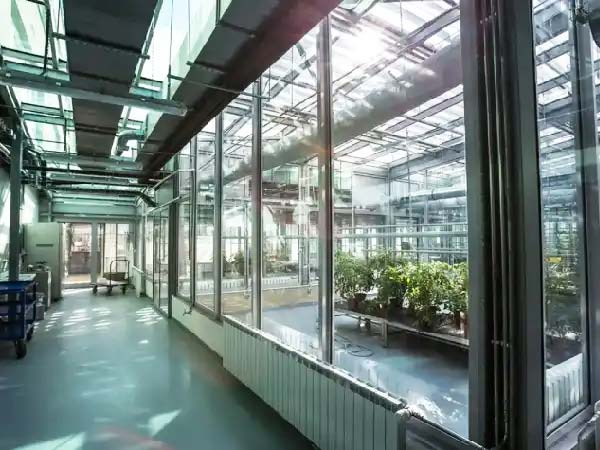
The greatest advantage of this technique is that it makes crop growth more controllable. Whether for early harvesting or for increasing yield and quality, light deprivation provides growers with great flexibility. For high-value crops, especially those sensitive to photoperiods, such as certain flowers or economic crops, this method is an indispensable planting tool.
The Pros and Cons of Light Dep
The biggest highlight of light deprivation is the full utilization of natural light, which significantly reduces energy costs. This method is highly efficient, especially in regions with abundant sunlight. It not only helps save electricity but also improves crop yield and quality. For example, by precisely controlling light exposure, crops can reach their ideal growth state faster, achieving high yield and quality. Additionally, light deprivation is particularly suitable for high-value crops sensitive to light cycles, meeting their special needs.
However, light deprivation also has limitations. Due to its reliance on natural light, its performance may not meet expectations in regions with significant climate variations or strong seasonality. If your region frequently experiences rainy days and extreme weather or has a short growing season, the energy-saving benefits and crop yields of light-dependent planting may be reduced.
What Is Indoor Farming?
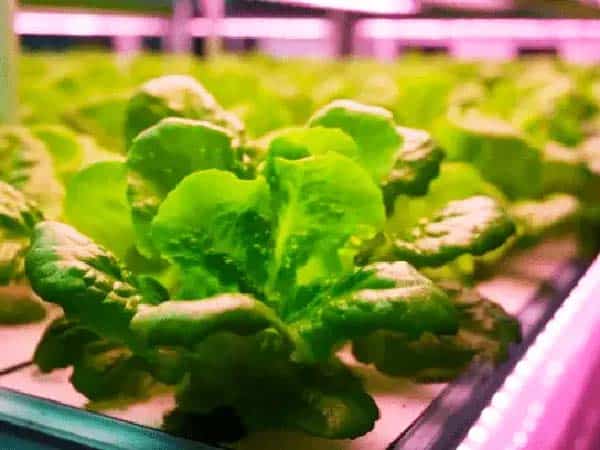
Indoor Farming is a cultivation method that takes place entirely within enclosed or semi-enclosed environments. This method utilizes artificial control of light, temperature, humidity, and carbon dioxide concentration to provide optimal growth conditions for crops without depending on the external natural environment.
Key Features:
- Completely Controlled Environment: Indoor Farming uses LED lights, HVAC systems, and intelligent control systems to control the planting environment fully. This means you can produce continuously throughout the year without worrying about weather, seasons, or insufficient light.
- High Space Utilization: Indoor Farming often adopts vertical farm designs, making full use of limited space to plant multi-layer crops.
- Resource Conservation: Coupled with hydroponics, aeroponics, and other soilless cultivation techniques, Indoor Farming significantly reduces land and water resource requirements while minimizing resource waste through recycling systems.
The Pros and Cons of Indoor Farming
The greatest advantage of Indoor Farming lies in its full control of the environment. By adjusting light, temperature, humidity, and carbon dioxide concentration, growers can free themselves from natural conditions, achieving stable production all year round. In addition, combining vertical farm designs and soilless cultivation techniques significantly improves land utilization efficiency and reduces water and fertilizer usage while effectively lowering the occurrence of pests and diseases, producing higher-quality crops.
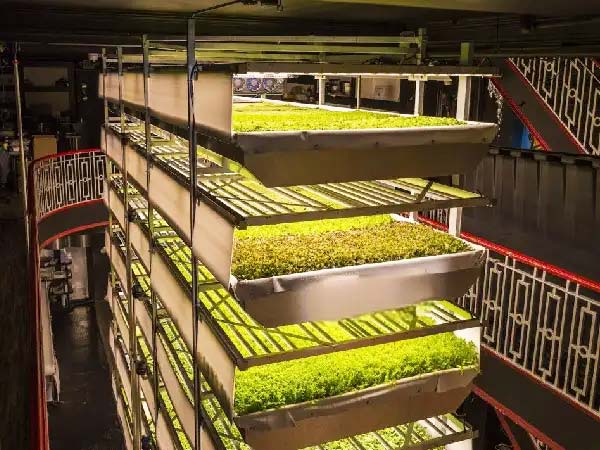
However, the main challenges are the high initial investment and operating costs of Indoor Farming. Building and maintaining an indoor farming system requires expensive equipment and technical support, such as LED lights and environmental control systems. At the same time, its high reliance on technology also brings certain risks. If system failures or power outages occur, it may cause severe losses to the entire crop. Moreover, this method is more suitable for high-value crops and may not always be economically viable for ordinary agricultural products.
Comparative Table: Light Dep vs Indoor Farming
| Comparison Factor | Light Dep Greenhouses | Indoor Farming |
| Environmental Control | It relies on natural light, supplemented with shading systems, and has limited environmental control. | Fully artificial control over light, temperature, and humidity; highly customizable environment. |
| Energy Costs | Utilizes natural light with low energy consumption; ideal for sunny regions. | It relies on artificial light and equipment, leading to high energy costs, especially in areas with expensive electricity. |
| Initial Investment | Relatively low; requires shading systems and basic greenhouse facilities. | High; involves LED lights, HVAC systems, and advanced control equipment. |
| Suitable Regions | Best suited for sunny, stable climates; highly seasonal. | Independent of external climate, it works in any region, including extreme climates. |
| Crop Adaptability | Ideal for photoperiod-sensitive crops like flowers and certain economic plants. | Suitable for a wide variety of crops, especially high-value crops like leafy greens and strawberries. |
| Production Efficiency | Seasonal production; improves yield and quality through photoperiod control but is limited by natural conditions. | Year-round production with high efficiency, unaffected by seasons. |
| Technical Complexity | Relatively simple; relies on shading systems and basic facilities; easy to maintain. | Technologically advanced; involves complex systems and requires professional knowledge for operation. |
| Pest and Disease Risk | It is low risk but still exposed to the natural environment. | Minimal risk due to closed systems; almost no exposure to pests and diseases. |
| Resource Utilization | Moderate efficiency for soil and water usage, influenced by natural conditions. | Highly efficient in water and space usage; reduces waste with soilless cultivation techniques. |
| Environmental Impact | Reduces light pollution with shading but remains subject to natural climate interference. | Closed systems eliminate direct environmental impact but have high energy consumption. |
Growth Speed Comparison
Both Light Dep and Indoor Farming enhance crop growth speed through light regulation, but their efficiencies vary significantly in practice.
Light Dep Greenhouses rely on natural light as the primary source and use shading technology to adjust the photoperiod, accelerating crops into critical growth stages like flowering or fruiting. This method can notably enhance growth speed in sunny regions. However, in cloudy or off-season conditions, growth speed may be limited, resulting in slower crop development.
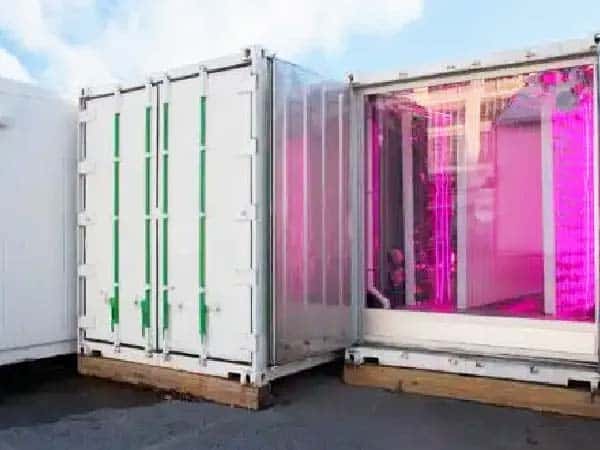
Indoor Farming offers more stable and controllable growth speeds. Since it relies entirely on artificial light sources like LEDs, it is unaffected by natural light conditions. Growers can precisely adjust light spectra, intensity, and photoperiod according to crop needs, ensuring optimal growth throughout the year. The closed environment also eliminates seasonal variations and weather fluctuations, further enhancing efficiency and shortening overall growth cycles.
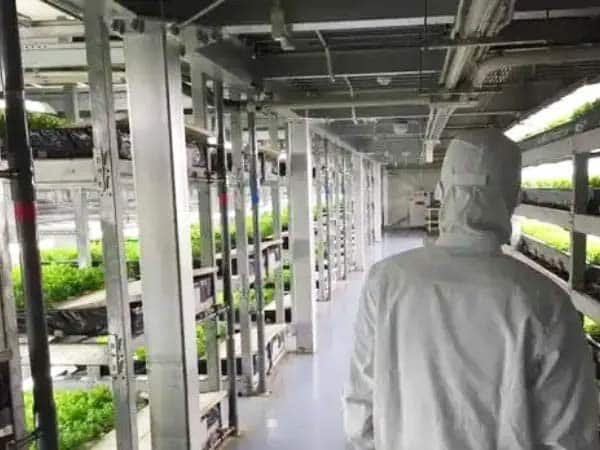
Harvest Quality and Flavor Comparison
Crops grown in Light-Dep Greenhouses benefit from natural light, which includes a full light spectrum. This is crucial for the flavor development of certain crops like vegetables, fruits, and aromatic plants. For instance, natural sunlight enhances sugar accumulation in tomatoes and aroma in strawberries. Additionally, shading technology precisely regulates photoperiods to achieve ideal maturity. However, the variability in sunlight intensity and quality due to weather or seasons can lead to inconsistent harvests.
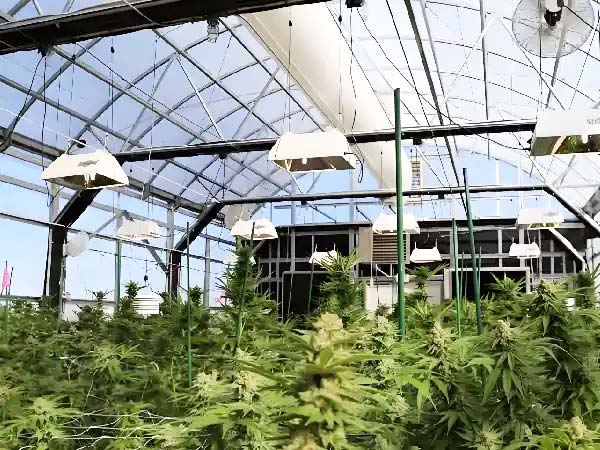
Indoor Farming is known for its highly controlled environment. Artificial light sources allow precise spectral adjustments (e.g., red-to-blue light ratio), optimizing the nutritional value and visual quality of crops. Complete control over temperature, humidity, and nutrient supply ensures consistency and faster growth. However, crops may lack the nuanced flavor profile imparted by natural sunlight. For instance, some fruits might have slightly diminished aromatic intensity.
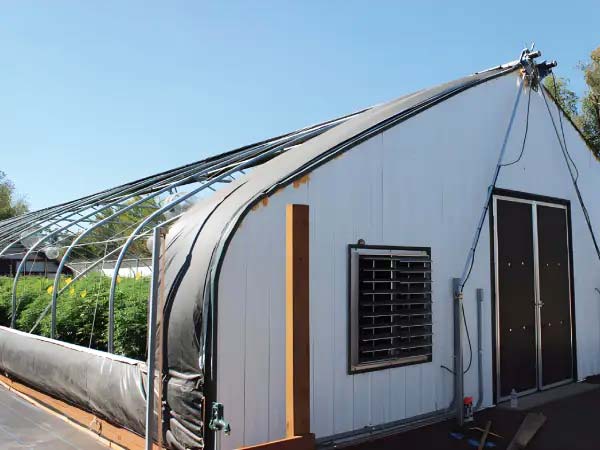
Overall, Light-deprivation greenhouses tend to produce crops with more natural flavor profiles at lower costs, while Indoor Farming delivers consistency and speed but may compromise on some flavor complexity.
Should I Invest in Light-Dep or Indoor Farming?
Choosing between investing in Light Dep (Light Deprivation Greenhouses) or Indoor Farming depends on various factors.
If you aim for short-term results and have access to abundant natural light, the light-deprivation greenhouse is the more economical choice. However, if your goal is high efficiency, high-value, and stable year-round production, and you can bear the higher initial costs, Indoor Farming would be a wiser investment. Here are some key considerations to help you decide.
1. Budget, ROI, and Technical Barriers
The light-deprivation greenhouse has a relatively low initial investment. It relies on natural light as the primary light source. It requires only basic greenhouse facilities and shading systems, making it suitable for investors with limited funds who want to enter the market quickly. In contrast, Indoor Farming requires higher initial investments and depends heavily on advanced equipment and technology for environmental control. However, its production efficiency and year-round growing capability make it more attractive in terms of long-term returns. If you have ample capital and a long-term development plan, Indoor Farming is the superior option.
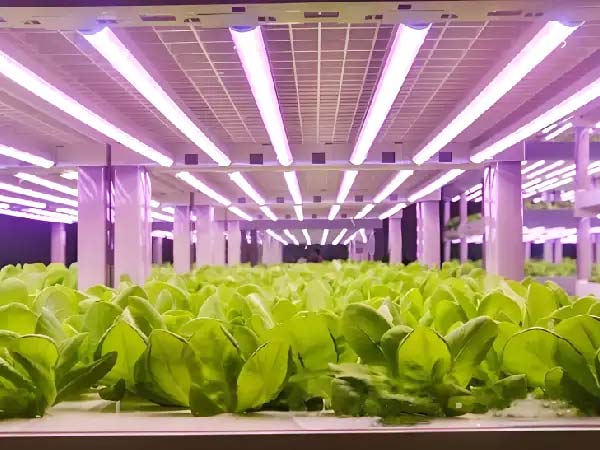
The technical barrier for light deprivation is lower, making it ideal for investors new to modern agriculture. However, its performance is subject to external environmental conditions. In comparison, Indoor Farming requires more advanced technical support and professional management, but it delivers highly predictable yields and quality in year-round production. This model is better suited for growers who are willing to undertake high initial investments for stable, long-term returns.
2. Environmental and Climate Conditions
If your planting location benefits from abundant sunlight and a relatively stable climate, Light Dep offers significant advantages by achieving high-quality crops with lower operational costs. However, in regions with drastic climate changes, insufficient seasonal light, or frequent extreme weather, the fully controlled environment of Indoor Farming ensures greater production stability, avoiding yield fluctuations caused by natural conditions.
3. Target Customer Preferences
If your customers prioritize natural flavor and more organic crop quality—such as organic vegetables or fruits – light deprivation is the ideal choice. Especially in sunny regions, it takes full advantage of natural resources, reducing operational costs. On the other hand, for markets requiring a year-round supply of high-value crops (e.g., leafy greens, medicinal plants), Indoor Farming’s fully controlled environment guarantees consistent quality and yield, aligning well with the demands of premium markets.
Conclusion
We have compared Light Deprivation and Indoor Farming in detail. Overall, light-deprivation greenhouse farming is more reliant on natural environmental conditions, which directly affects its performance in terms of cost, environmental control, technology use, and crop quality. However, compared to traditional farming, both methods have achieved significant advancements in resource efficiency, crop yield, quality stability, and controllability. These technologies provide modern growers with more efficient and sustainable options, driving further progress in agricultural innovation.
